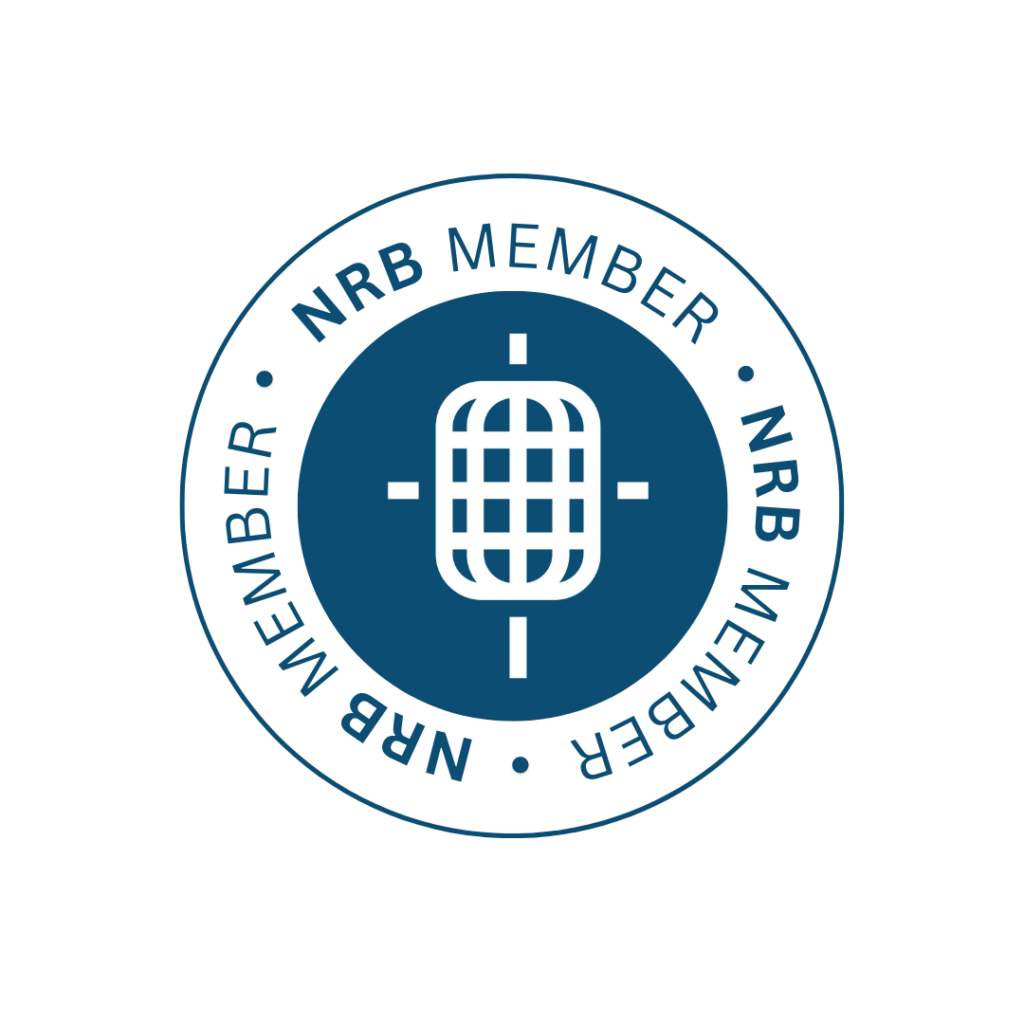Straight Talk: Reality Check
Amy Sewell
SENIOR VICE PRESIDENT OF DIGITAL SOLUTIONS
For many organizations, the past year or two haven’t painted a rosy picture of charitable giving. But as fundraising professionals, it’s crucial for us to confront these difficulties—downturns and any other challenges—head-on.
It starts with understanding the current landscape and being nimble enough to adapt quickly.
The Numbers Game
Recent reports, such as the Giving USA 2024 Annual Report on Philanthropy, highlight a complex landscape.
In 2023, total charitable giving in the United States reached $557.16 billion, a 1.9% increase over 2022. While this growth is promising, when adjusted for inflation, it represents a 2.1% decline.
Individual giving, which constitutes 67% of total donations, grew by just 1.6% in 2023. This modest increase is a stark reminder that donor fatigue and changing priorities are significant challenges we face. Additionally, the pandemic-induced surge in giving has leveled off, with many donors now reassessing their giving patterns.
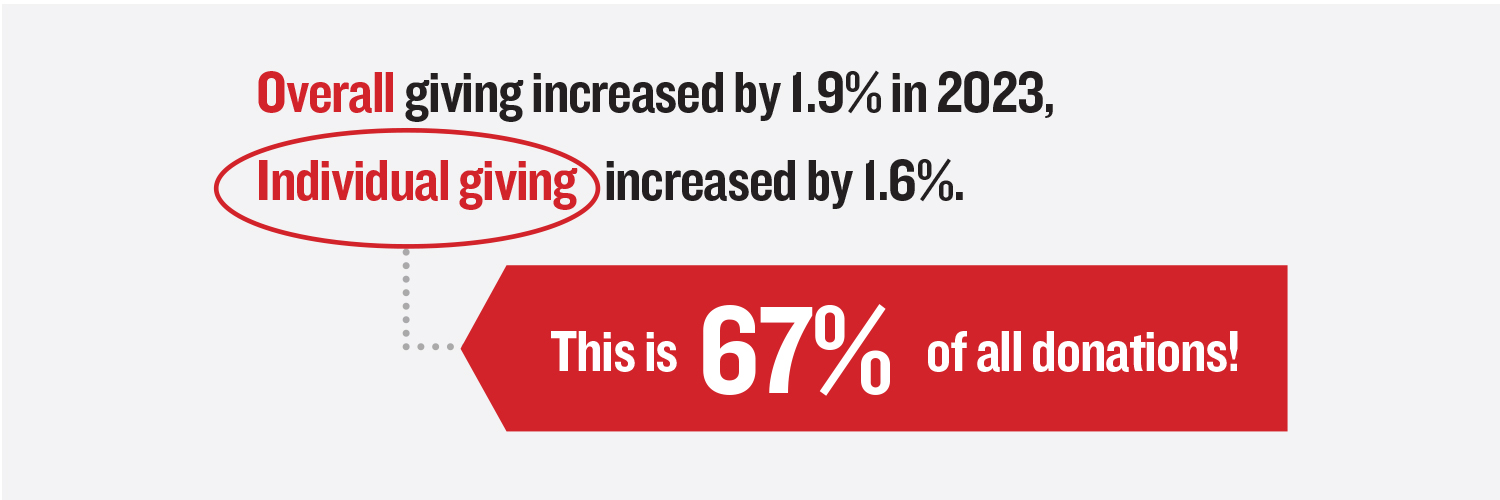
A Growing Challenge
The current economic climate is a double-edged sword. Inflation rates, which soared to 6.5% in 2023, have affected disposable incomes, leading to a decrease in the percentage of income donated by many households. According to the Charitable Giving Report by Blackbaud, donor retention rates have also seen a decline, dropping from 45% in 2018 to 42% in 2022.
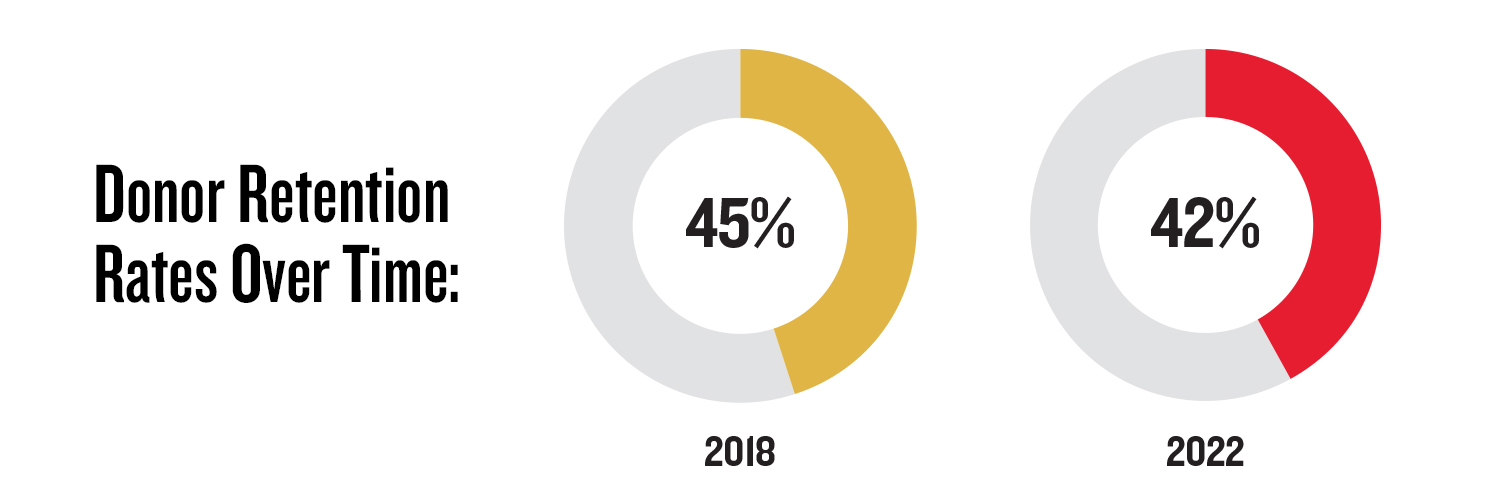
Beyond inflation, global crises, including geopolitical tensions and natural disasters, have diverted attention and resources, making it even harder for some nonprofits to secure consistent funding. This is especially true in an election year, when solicitations for political campaigns are at an all-time high.
But There Is Hope and Opportunity for Your Organization
To thrive in this evolving landscape, we must be transparent and communicate about pressing needs:
- Enhance Digital Engagement — More often donors are exploring digital channels first. It is important to streamline donor experience and leverages social media and digital campaigns to reach a broader audience.
- Focus on Donor Retention — Building strong relationships with donors through personalized communication, impact reporting, and recognition programs is more crucial than ever.
- Adapt to Changing Trends — Stay informed about emerging fundraising trends and be ready to test new strategies, pivoting as appropriate. Maybe it’s incorporating new technologies or exploring unconventional fundraising ideas—flexibility will be your greatest asset!
- Conduct Regular Donor Assessments — Regularly review and analyze your donor file. Identify trends, segment your donors, and tailor your communication and engagement strategies accordingly. If giving is down, consider immediate pivots such as:
- Optimize Digital Campaigns — Introduce strategic testing, focus on areas where you can pivot quickly. Consider the storytelling method, subject line tests, and optimizing donation page layout.
- Boosting Stewardship Efforts — Increase touchpoints with donors to show appreciation and keep them informed about their impact.
- Launching Emergency Appeals — When facing a true emergency—a shortfall or pressing need—communicate that crisis to encourage immediate donations.
- Enhancing Donor Experience — Simplify donation processes, offer multiple giving options, and provide personalized donor journeys.
Today’s fundraising challenges are real . . . but the opportunities for growth and innovation are equally compelling. Stay informed, adapt to change, and maintain a hopeful outlook. We can navigate these waters successfully and continue to make a profound impact.







